Tenant of Culture: the artist turning fast fashion into radical hybrid sculpture
Ahead of a major new installation at London’s Camden Art Centre, we speak to Tenant of Culture, whose art-meets-fashion practice dissects the darker sides of our material world
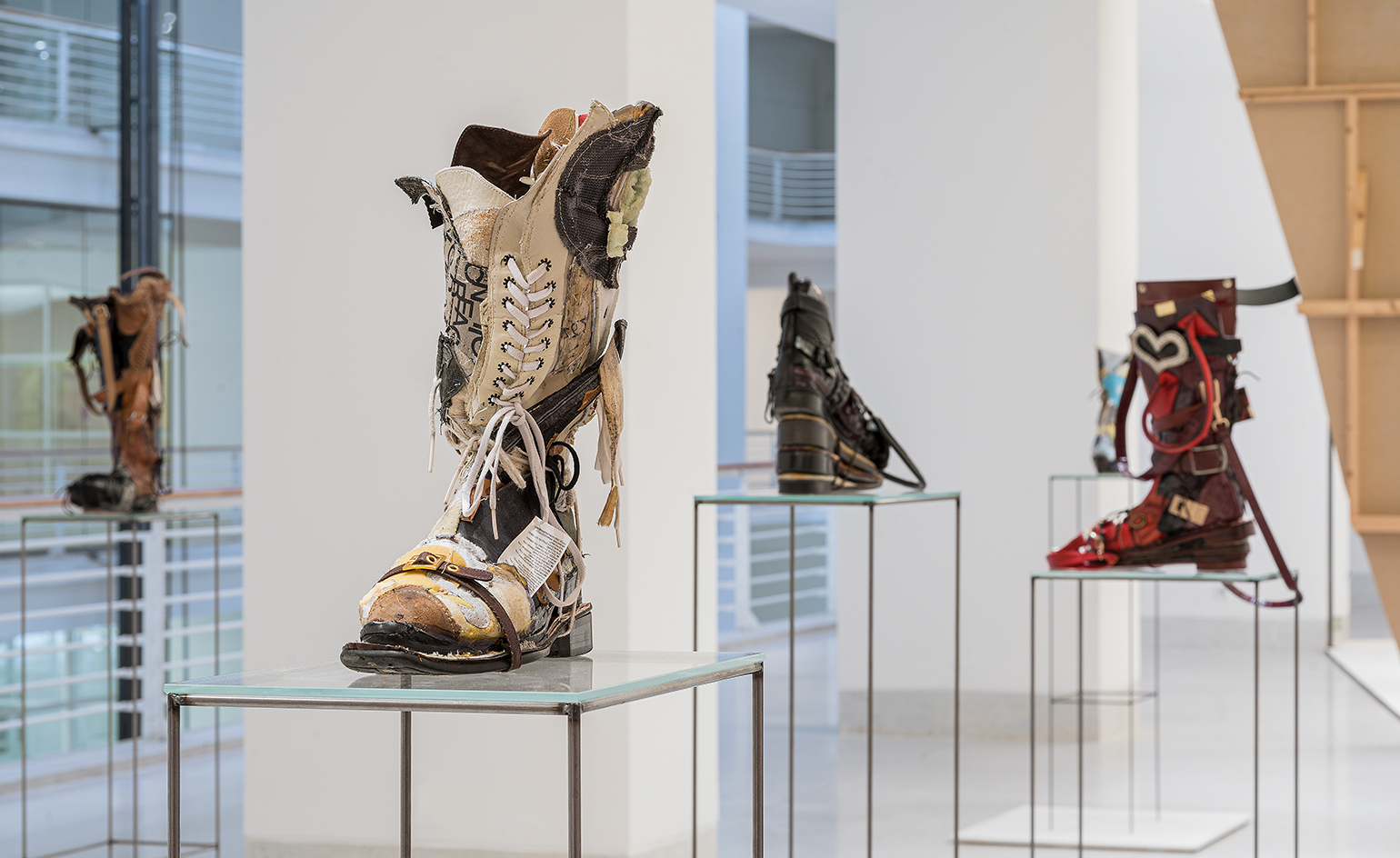
Deconstructed, reconstructed, bleached, re-dyed, hung, wrung out, stacked; Tenant of Culture – the moniker of Dutch artist Hendrickje Schimmel – has a way of handling material.
Known for creating works from used (and sometimes nearly new) garments, Schimmel – who won the 2020 Camden Art Centre Emerging Artist Prize with Frieze – creates cross-bred art-meets-couture sculptures that are at once monstrous and sumptuous. The artist’s work illustrates an industry of extremes and dissects the psychology of break-neck fast fashion and a material world of rapid obsolescence.
On 8 July, Tenant of Culture will unveil ‘Soft Acid’ at Camden Art Centre. The artist’s largest installation to date, it draws directly on the history of the gallery, and stitches together complex stories of gendered domesticity and the hierarchies of supply and demand.
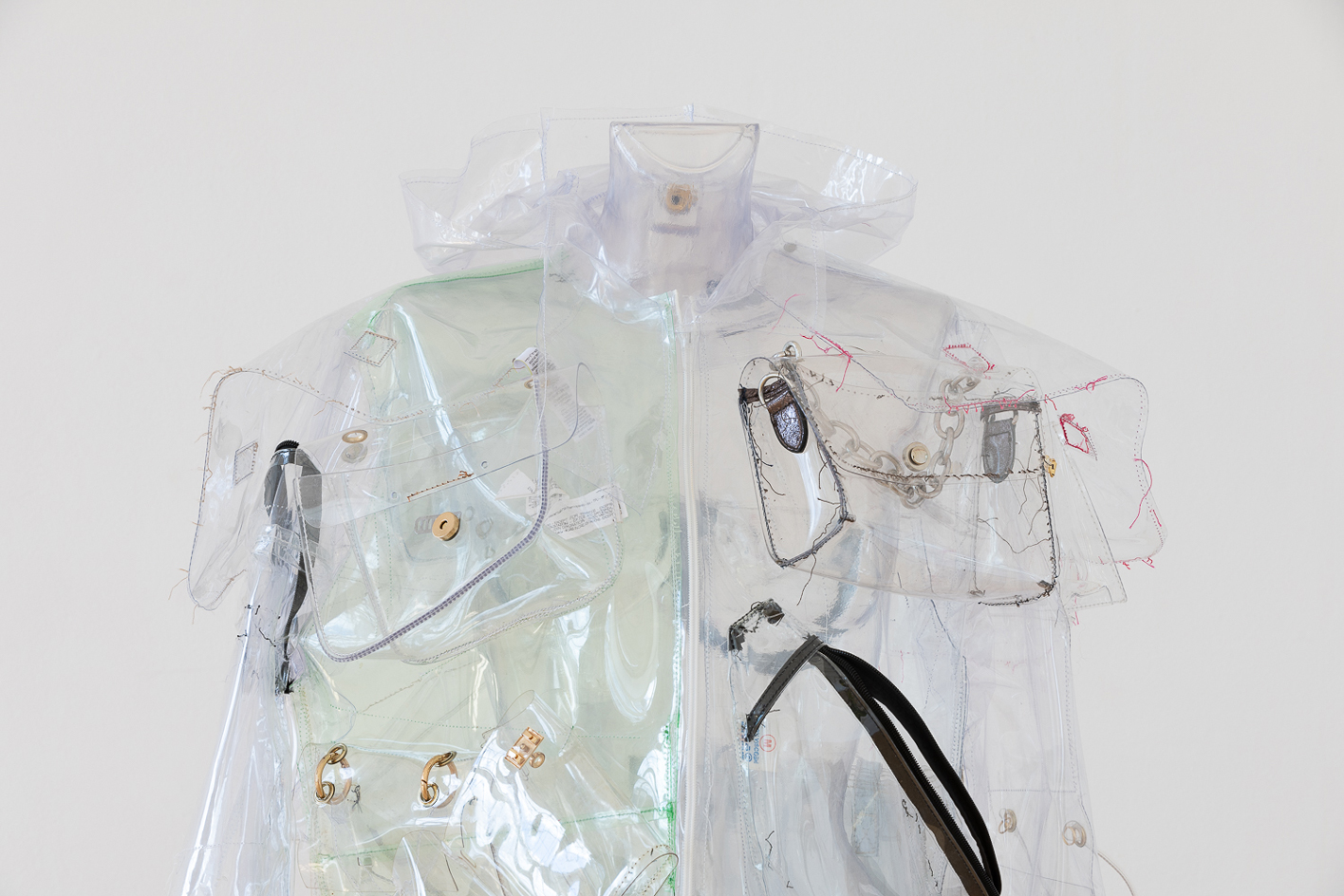
Installation view of Tenant of Culture, ’Soft Acid’ at Camden Art Centre
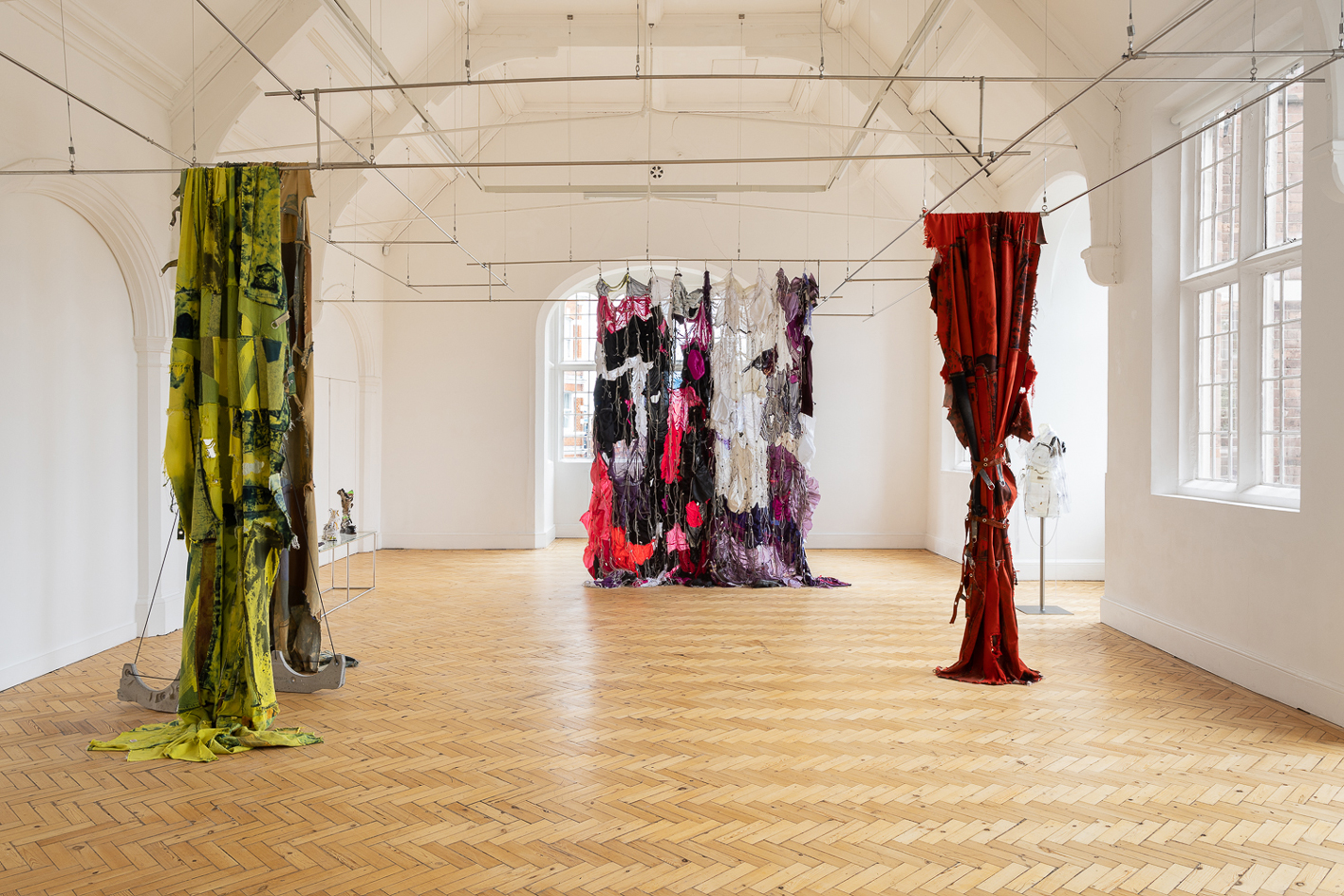
Installation view of Tenant of Culture, 'Soft Acid' at Camden Art Centre
Wallpaper*: Your installation at London’s Camden Art Centre began in the gallery archives. What did you uncover during research, and how did this inform the work?
Tenant of Culture: I spent some time in the Camden Art Centre archive, initially to look for documentation of workshops held there during the 1960s and 1970s. Instead, I happened upon a leaflet of an exhibition called ‘The Londoners, A Visual Survey of London Working Life from 1866 to 1966’, held in 1966. One of the professions it mentioned was the laundry industry, which I had never heard of. It stated: ‘When the soap tax, enforced until 1852, was finally removed, there was a swing in fashion towards pale-coloured clothes, light muslins and chintz furniture covers. This was echoed by a sudden expansion in [the] laundry industry.’ I decided to focus my research for this exhibition on the history of laundry and its importance in the mass production of textiles and garments, historically as well as [in] contemporary [times].
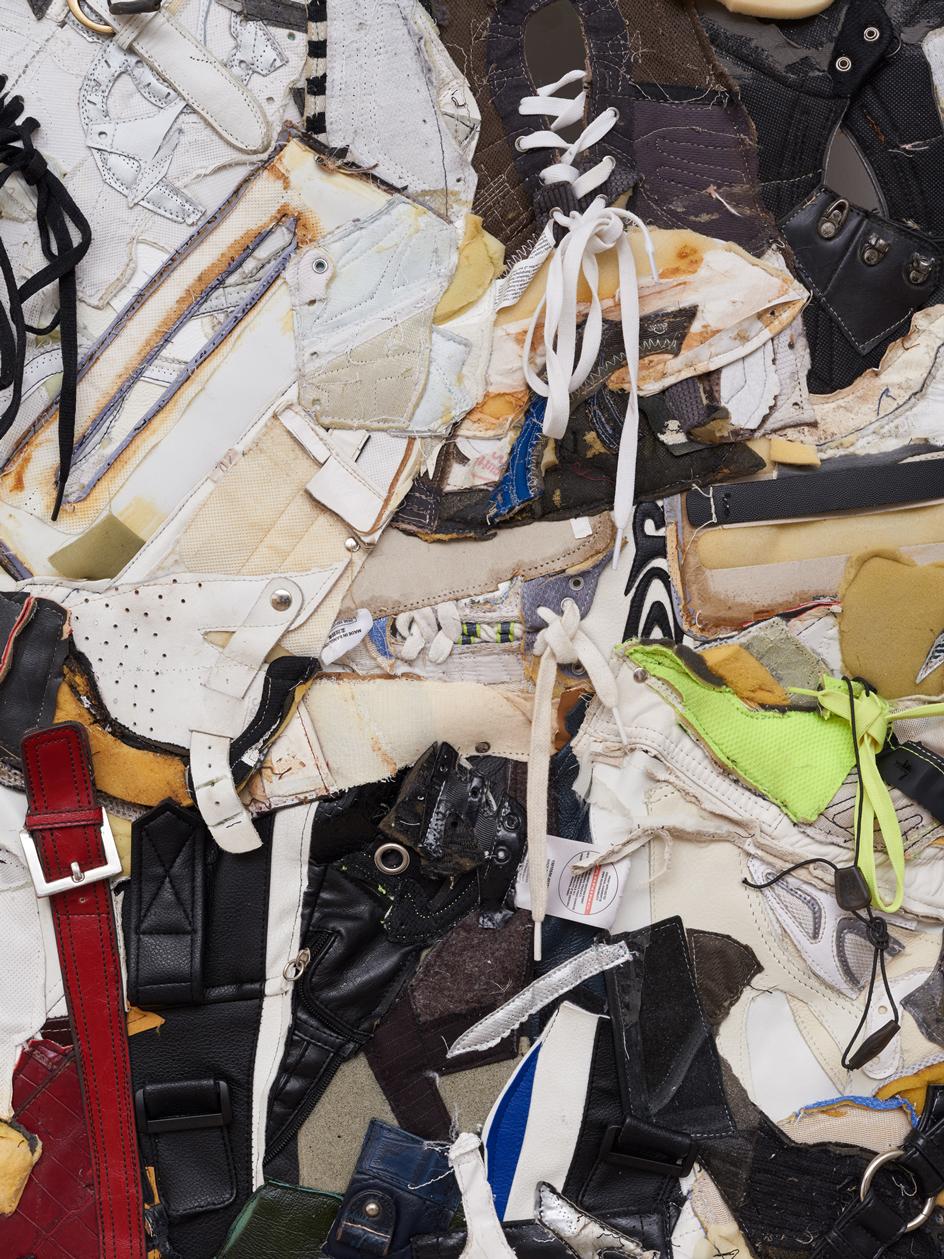
Tenant of Culture, Cutting Stock (series), 2021
When the laundry industry first emerged, it employed almost solely women, even though the work was extremely tough. Laundry is often associated with domesticity and remains one of the more gendered tasks. It is not something I ever connected with heavy industry, which is probably why there is a distinct lack of research into the subject, in comparison to railways and steel mills for example.
I found a book on the subject by Dr Arwen Mohun called: Steam Laundries, Gender, Technology and Work in the United States and Britain 1880 to 1940. This book traces the social and material conditions that made the commercial laundries so omnipresent, such as urbanisation and changing hygiene standards. In a contemporary context, looking at methods that are used now to mass-produce garments, I mainly focused on processes such as acid and enzyme wash used for the artificial ageing of denim, and finishing processes such as waterproofing and sweat-proofing performance wear. Processes that use enormous amounts of water, which is often released back into the environment, lined with microfibres and traces of chemical dyes.
W*: What can we expect from ‘Soft Acid’?
ToC: The title, ‘Soft Acid’, is a direct reference to the processes mentioned above. Acid is often used to soften a garment before it is distributed, making it more comfortable to wear. The works in the exhibition are all made from second-hand garments, textiles and accessories, that are re-dyed, deconstructed and re-assembled into wearable or non-wearable pieces. I’ve worked a lot with colourful garments this time, and with garments that have gone through some of the processes I mention in [response to] the first question. All of them are suspended from stainless steel construction that references the environment of the commercial laundry and dye factories as well as high-end shop displays.
Receive our daily digest of inspiration, escapism and design stories from around the world direct to your inbox.
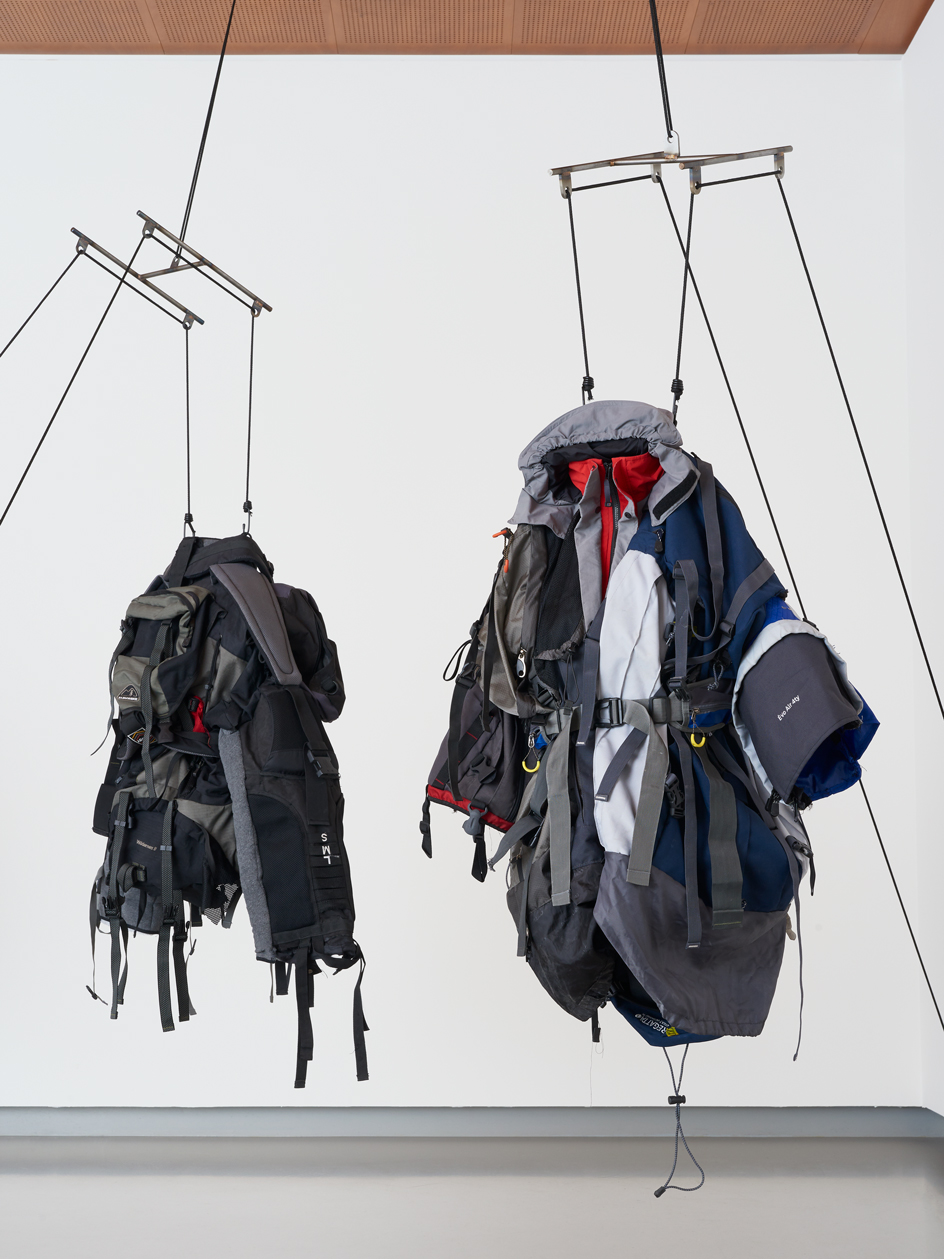
Tenant of Culture, I FORGOT TO TELL YOU I’VE CHANGED, installation view at Fries Museum, Leeuwarden, Netherlands, 2020.
W*: Your sculptures incorporate discarded garments and accessories. Where do you normally source these materials from?
ToC: I source my materials mainly from secondary market places, such as eBay, charity shops, yard sales, or sometimes wholesale vintage. The garments and accessories I use are not necessarily discarded, they are just expelled from the realm of newness. Rejected by their first, second or third owners. I find these the most interesting places to source garments from as they are in the process of becoming obsolete but often are still in great condition, hardly worn, often with tags still on them.
By looking extensively at what is no longer desirable, I learn a lot about psychological obsolescence as well as the material trajectories of garments. When they are discarded for good, they enter a different realm. In a way, my work is not about waste in the sense of garbage or debris but more about the extremities in volume and the speed at which fashion is produced, consumed and discarded.
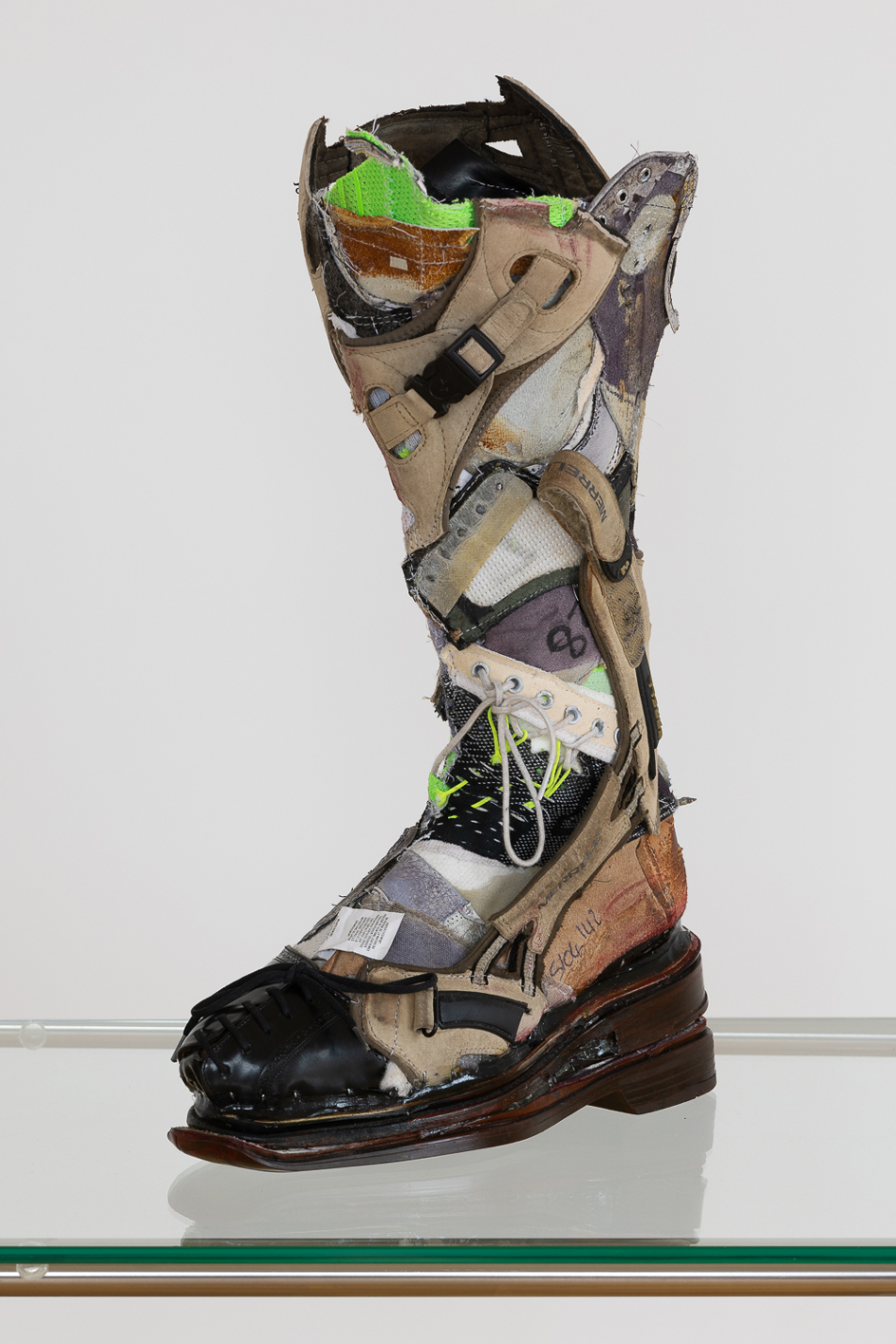
Installation view of Tenant of Culture, ’Soft Acid’ at Camden Art Centre
W*: You confront themes of waste, and mass consumerism, particularly concerning fast fashion, and the invisible, exploitative economies that support it. As conversations around sustainability in fashion and beyond continue to escalate, what do you hope viewers will take away from your work?
ToC: It’s great that there is currently a lot of interest in these subjects from the consumer side. It is crucial to have these conversations. It is also important to realise that regardless of this, the industry continues to grow exponentially and the number of garments created each year continues to rise. Therefore, I think it is important to specifically address the production side of things and the structures that enabled this industry to accelerate beyond comprehension. Shifting the blame to consumers is a strategy that benefits the producing entities. To rethink consumption we need to begin by understanding the hierarchical relationships between supply and demand.
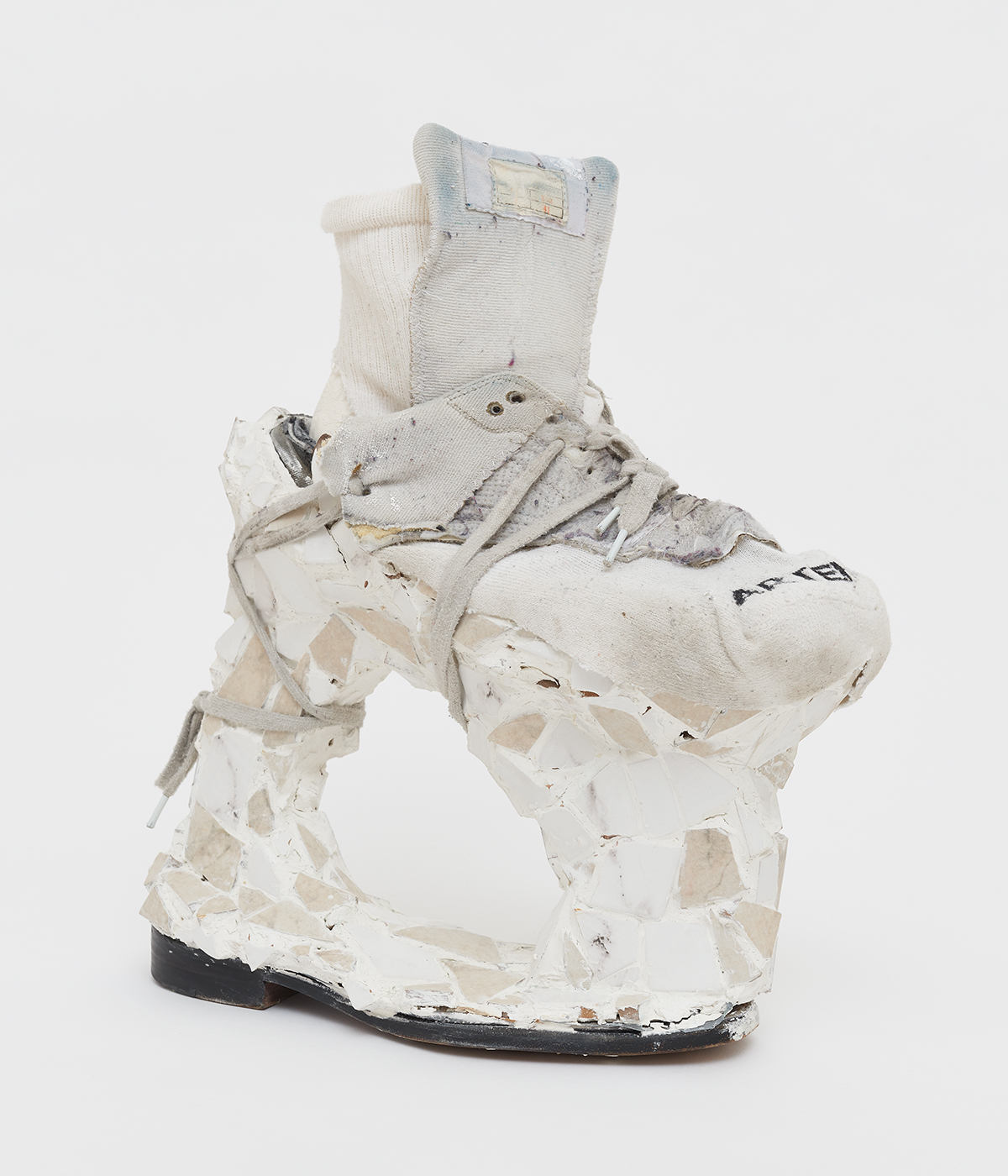
Tenant of Culture, Sample Sale (series), 2018. Recycled shoes and socks, laces, plaster, tiles, grout.
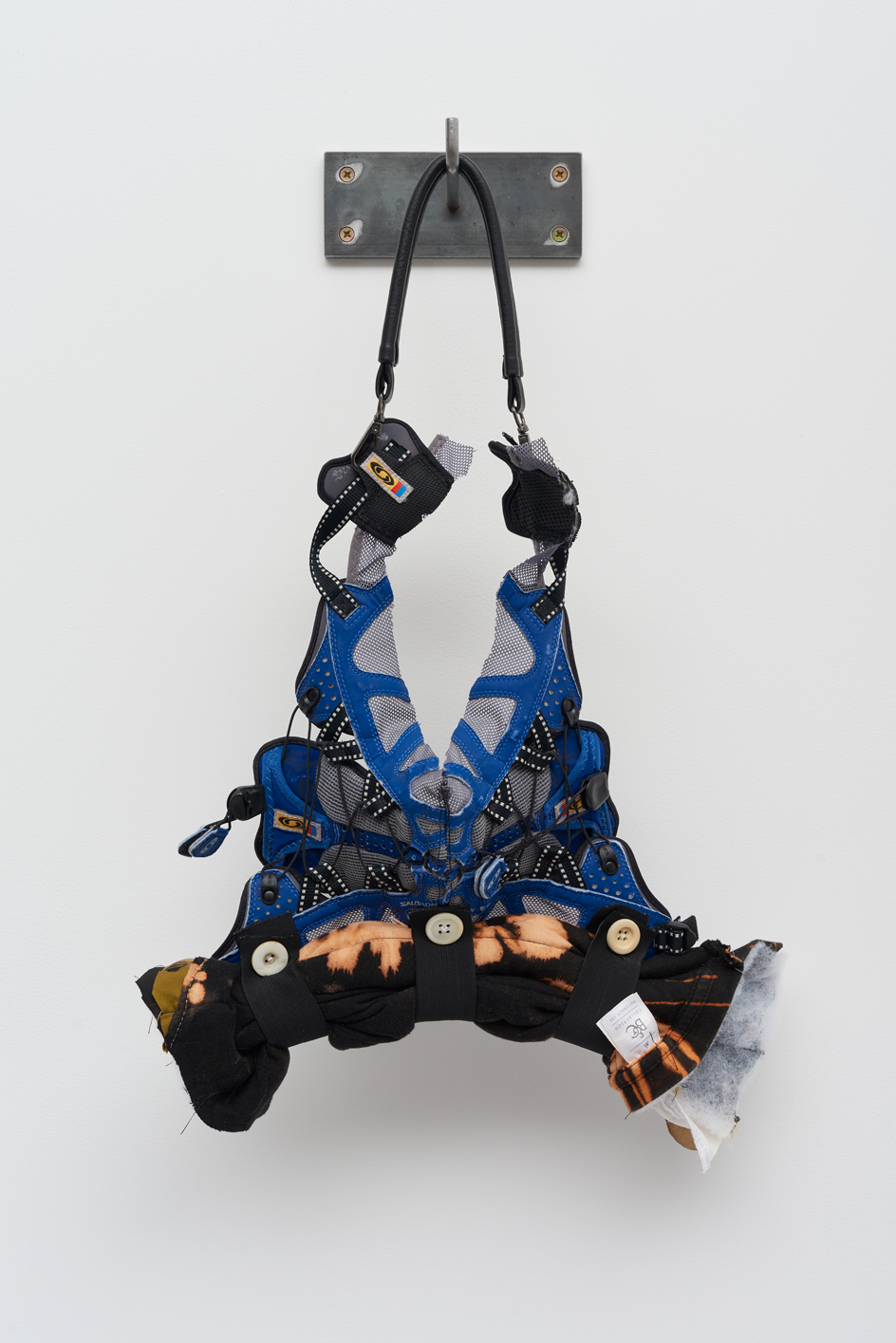
Tenant of Culture, Flash s/s (Series), 2020, Recycled shoes, garments and bag, elastic, padding, buttons, thread, steel.
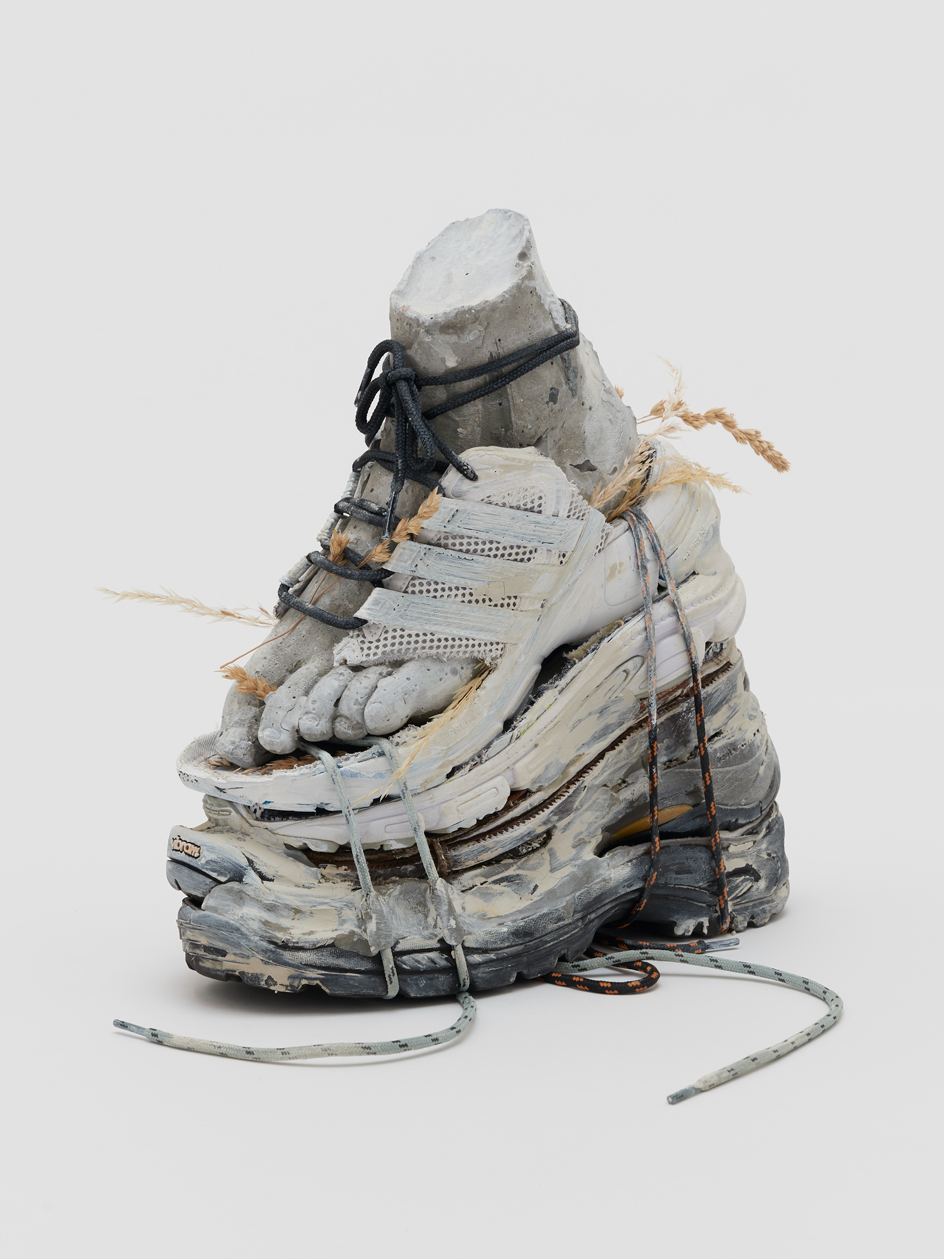
Tenant of Culture, Country Styles for the Young, 2020, Recycled clog-style shoes, cement, yarn, rope and cork.
INFORMATION
Tenant of Culture 8 July-18 September 2022, Camden Art Centre, London. camdenartcentre.org
Harriet Lloyd-Smith was the Arts Editor of Wallpaper*, responsible for the art pages across digital and print, including profiles, exhibition reviews, and contemporary art collaborations. She started at Wallpaper* in 2017 and has written for leading contemporary art publications, auction houses and arts charities, and lectured on review writing and art journalism. When she’s not writing about art, she’s making her own.
-
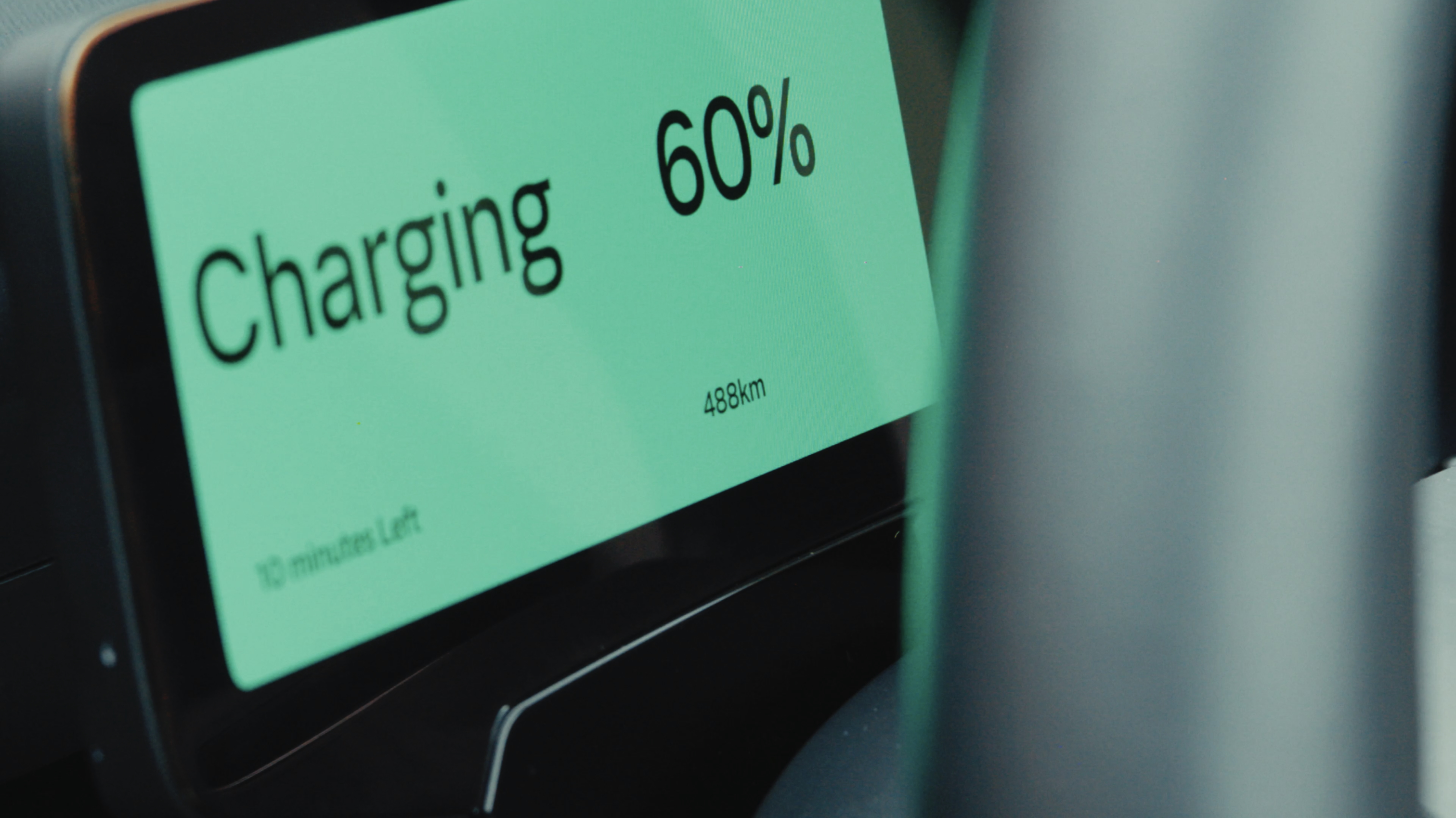 Volvo’s quest for safety has resulted in this new, ultra-legible in-car typeface, Volvo Centum
Volvo’s quest for safety has resulted in this new, ultra-legible in-car typeface, Volvo CentumDalton Maag designs a new sans serif typeface for the Swedish carmaker, Volvo Centum, building on the brand’s strong safety ethos
-
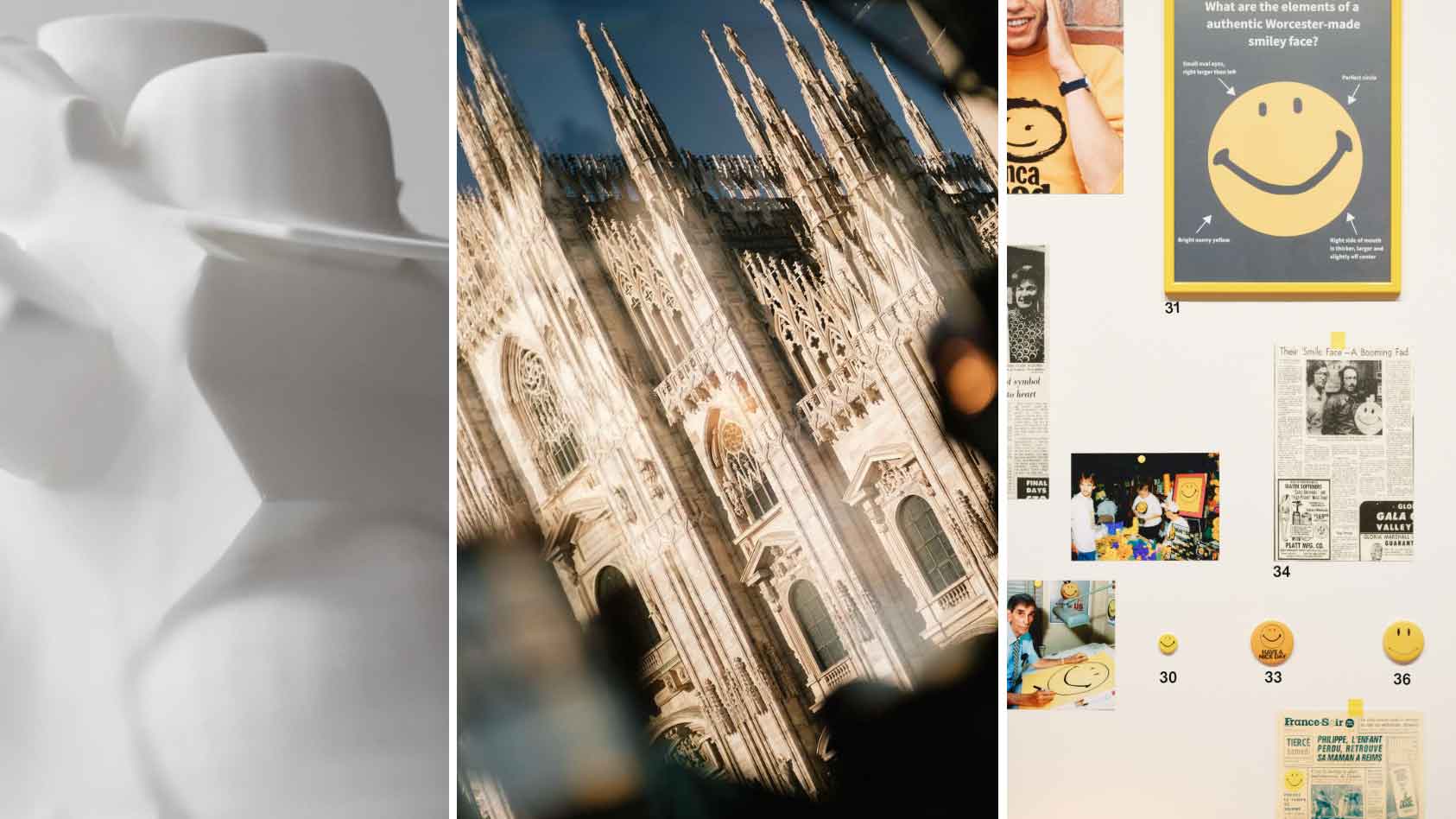 We asked six creative leaders to tell us their design predictions for the year ahead
We asked six creative leaders to tell us their design predictions for the year aheadWhat will be the trends shaping the design world in 2026? Six creative leaders share their creative predictions for next year, alongside some wise advice: be present, connect, embrace AI
-
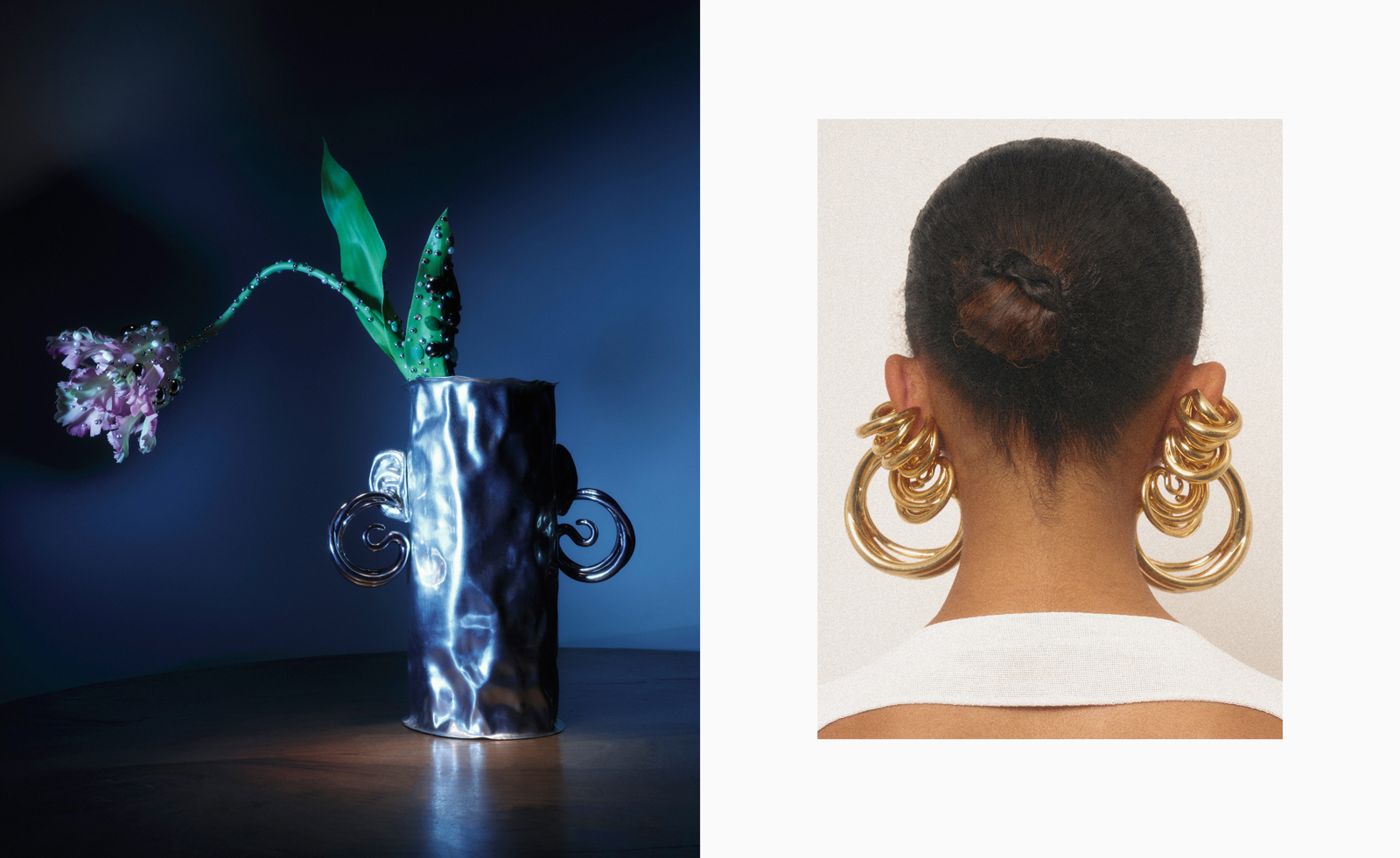 10 watch and jewellery moments that dazzled us in 2025
10 watch and jewellery moments that dazzled us in 2025From unexpected watch collaborations to eclectic materials and offbeat designs, here are the watch and jewellery moments we enjoyed this year
-
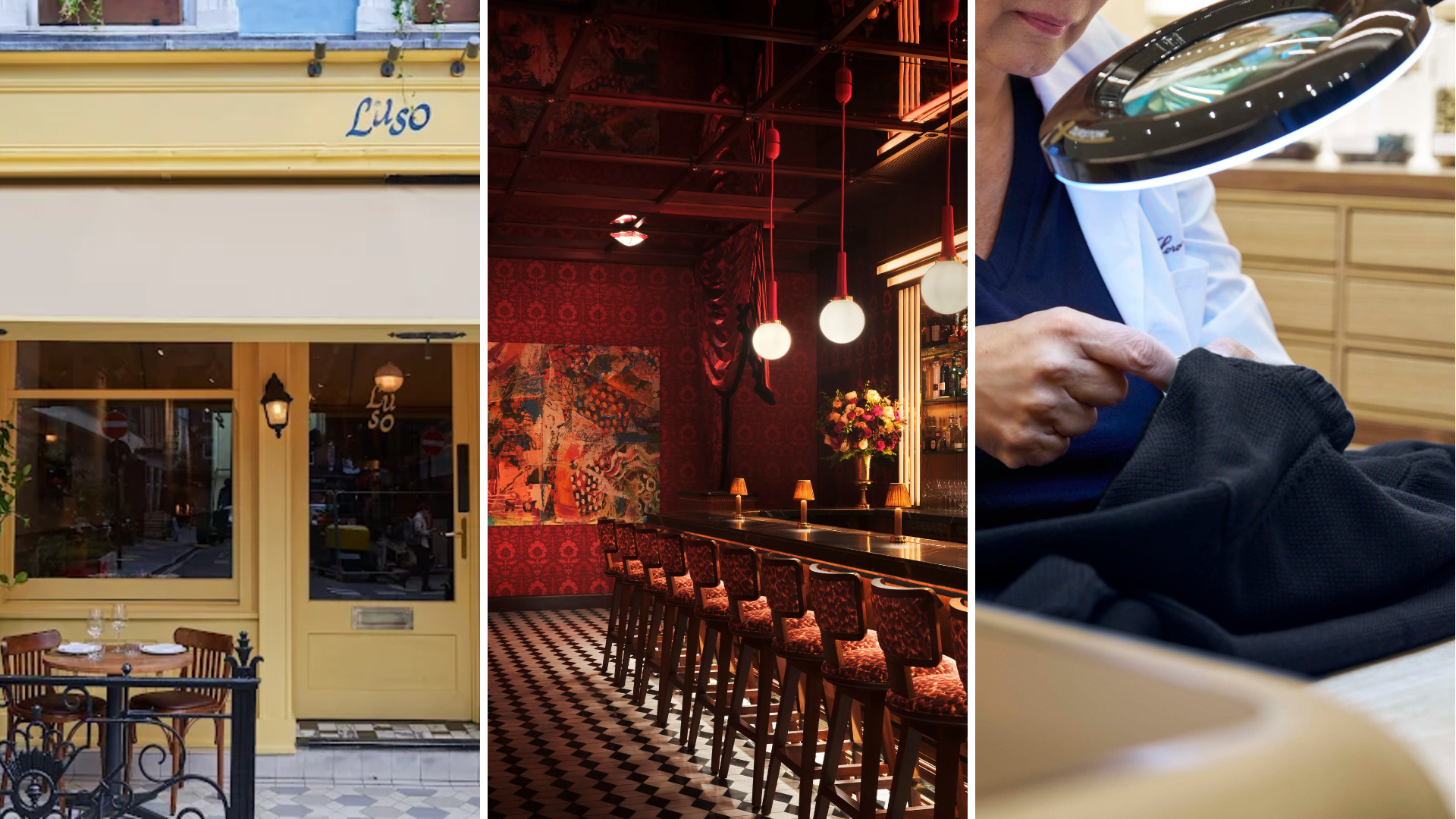 Out of office: The Wallpaper* editors’ picks of the week
Out of office: The Wallpaper* editors’ picks of the week'Tis the season for eating and drinking, and the Wallpaper* team embraced it wholeheartedly this week. Elsewhere: the best spot in Milan for clothing repairs and outdoor swimming in December
-
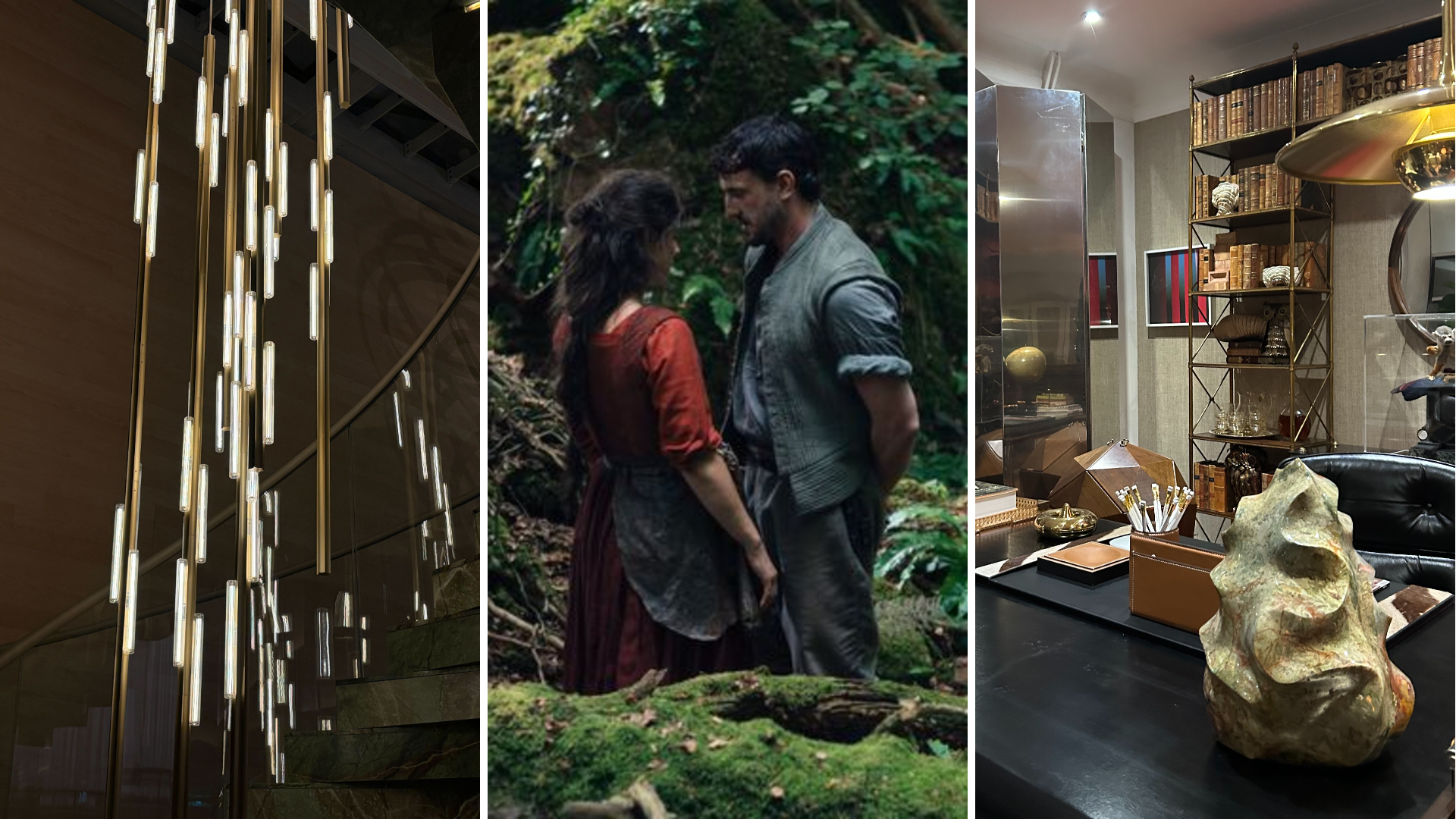 Out of office: The Wallpaper* editors’ picks of the week
Out of office: The Wallpaper* editors’ picks of the weekFar from slowing down for the festive season, the Wallpaper* team is in full swing, hopping from events to openings this week. Sometimes work can feel like play – and we also had time for some festive cocktails and cinematic releases
-
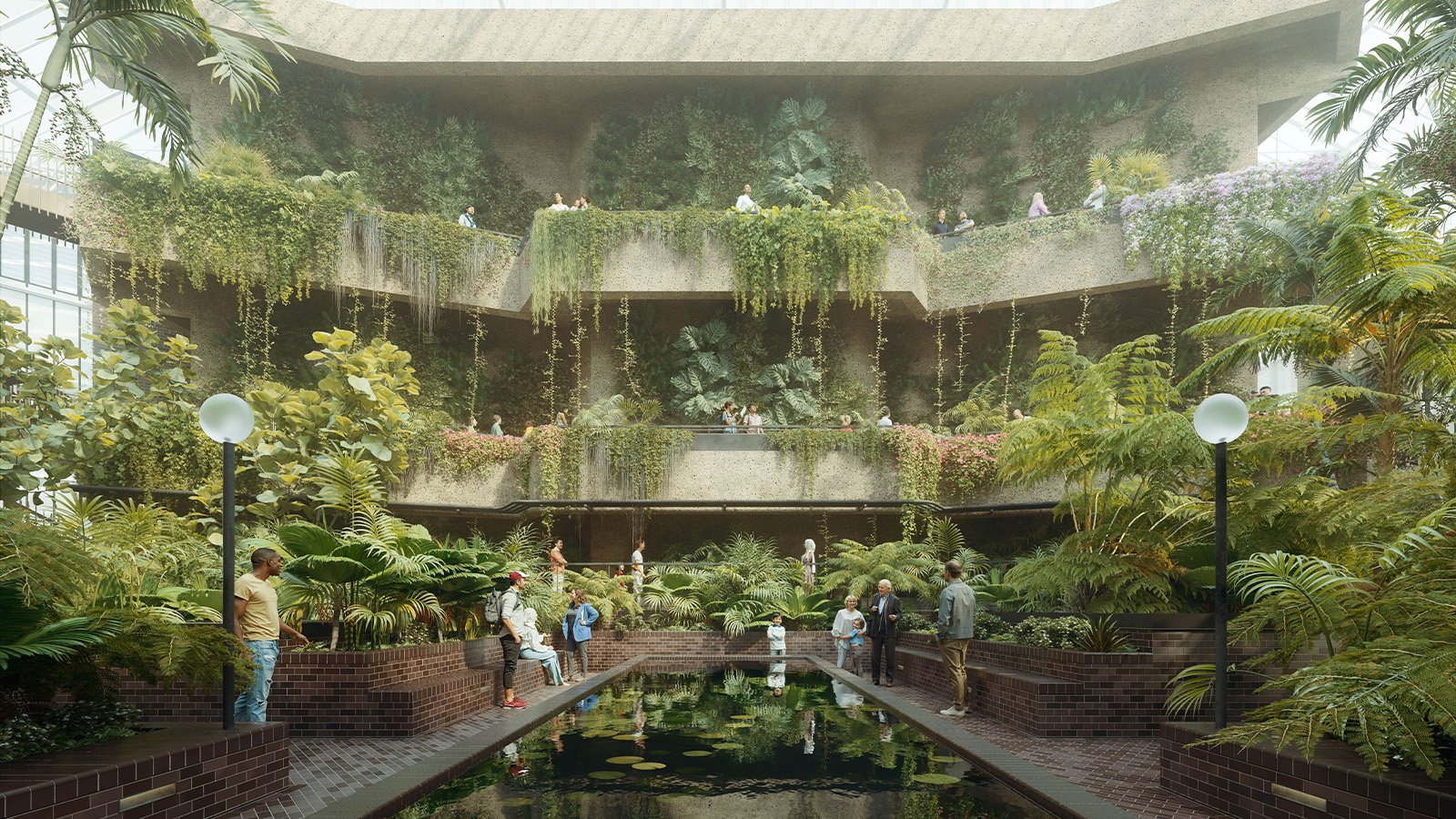 The Barbican is undergoing a huge revamp. Here’s what we know
The Barbican is undergoing a huge revamp. Here’s what we knowThe Barbican Centre is set to close in June 2028 for a year as part of a huge restoration plan to future-proof the brutalist Grade II-listed site
-
 Out of office: The Wallpaper* editors’ picks of the week
Out of office: The Wallpaper* editors’ picks of the weekIt’s wet, windy and wintry and, this week, the Wallpaper* team craved moments of escape. We found it in memories of the Mediterranean, flavours of Mexico, and immersions in the worlds of music and art
-
 Each mundane object tells a story at Pace’s tribute to the everyday
Each mundane object tells a story at Pace’s tribute to the everydayIn a group exhibition, ‘Monument to the Unimportant’, artists give the seemingly insignificant – from discarded clothes to weeds in cracks – a longer look
-
 Out of office: The Wallpaper* editors’ picks of the week
Out of office: The Wallpaper* editors’ picks of the weekThis week, the Wallpaper* team had its finger on the pulse of architecture, interiors and fashion – while also scooping the latest on the Radiohead reunion and London’s buzziest pizza
-
 Out of office: The Wallpaper* editors’ picks of the week
Out of office: The Wallpaper* editors’ picks of the weekIt’s been a week of escapism: daydreams of Ghana sparked by lively local projects, glimpses of Tokyo on nostalgic film rolls, and a charming foray into the heart of Christmas as the festive season kicks off in earnest
-
 Wes Anderson at the Design Museum celebrates an obsessive attention to detail
Wes Anderson at the Design Museum celebrates an obsessive attention to detail‘Wes Anderson: The Archives’ pays tribute to the American film director’s career – expect props and puppets aplenty in this comprehensive London retrospective